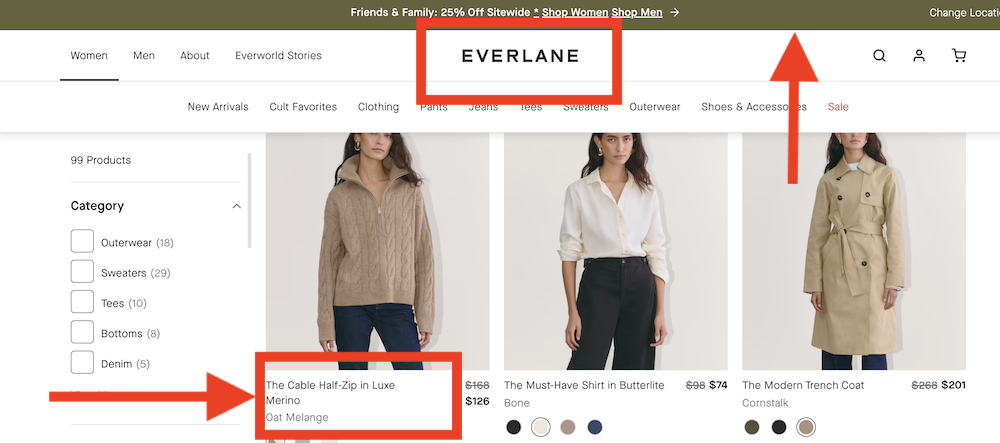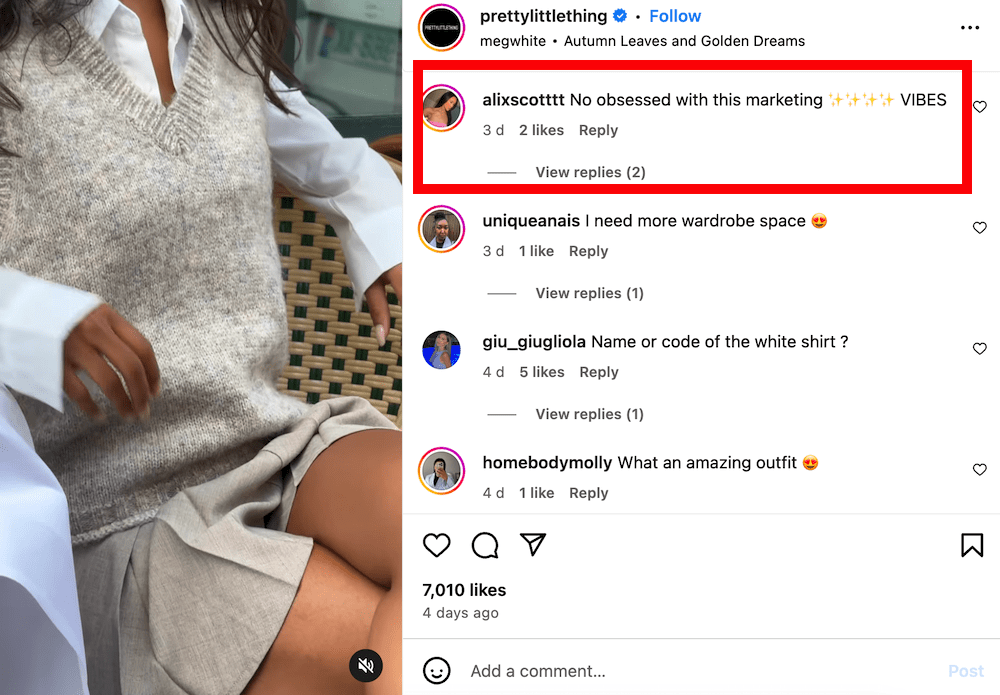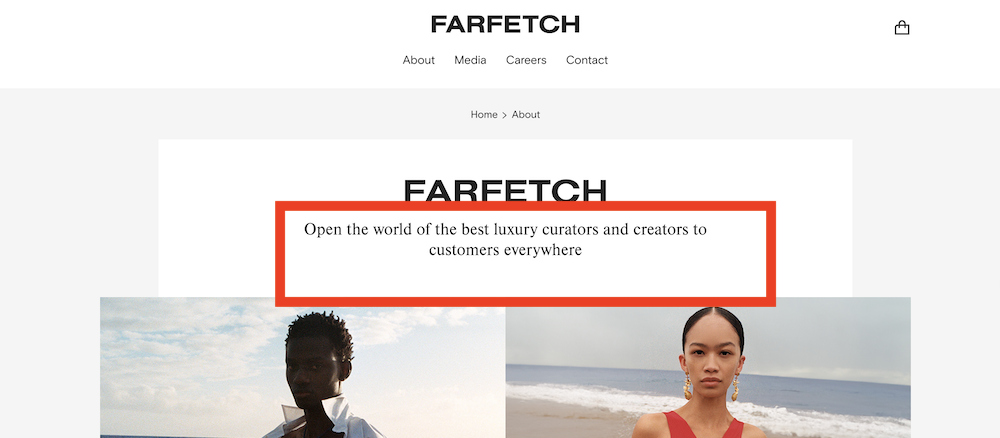
eCommerce
How to Design Your Shopify Clothing Website for Maximum Impact?
"You never get a second chance to make a first impression", as the saying goes–and this couldn’t be more true...
How to Ensure Brand Consistency for Your Clothing Store?
Marketing

Did you know that research shows that 90% of potential buyers anticipate a consistent shopping experience with your brand throughout all platforms where your business is present?
This expectation highlights the critical importance of brand consistency.
In this article, you’ll explore the essential components of brand consistency, starting with what it is and why it matters.
Brand consistency involves the presentation of a unified identity across all media and customer exchanges.
Here’s why it’s so important:
Consistency is the key to your clothing store being trusted and loyal to your audience. You can connect more with customers by presenting one consistent identity.
Let’s see some of the many ways to provide that all-important branding consistency continuously:
Creating comprehensive brand guidelines is crucial for maintaining brand consistency across all platforms and touchpoints. Key things to include are:
These guidelines serve as a roadmap for how your brand is represented visually and verbally, ensuring that every piece of content resonates with your target audience.

Unified image and message are the roots of a strong brand identity.
If your branding is clear and consistent, it helps consumers trust your clothing store.
Companies like Gap have experienced consumer outrage and a loss of consumer trust due to poor messaging and a change in the visual identity.
A strong and consistent brand presence will help you connect with your audience and build long-term relationships.
H&M is a great example of a fashion store with a unified image and message.
Their logo, website, and media all use neutral hues like red, white, and black. Their neatly organized and internationally recognized store design makes it easy for customers to recognize them and feel connected to their brand.
Understanding your target audience is key to achieving brand consistency.
You can customize your messaging and visuals by developing detailed personas to resonate with specific segments. Identifying your target demographics allows you to create campaigns that speak directly to their needs and preferences.
Tools like HubSpot and Hootsuite can help you gather insights and analyze audience behavior, ensuring your messaging aligns with their values and interests.

Social media will help you reinforce your brand consistency as a direct line of communication between your brand and your audience.
Here are some strategies to help you maintain a cohesive brand voice and visual identity across your social media accounts:
Brands like Nike have very consistent voices on social media. This is evident in the tone, messaging, and visual elements they use across various platforms.
For instance, Nike often employs an empowering and motivational tone, inspiring athletes and everyday consumers alike to push their limits and achieve greatness.
Their famous slogan, “Just Do It,” encapsulates this philosophy, resonating deeply with their audience and encouraging them to take action.
This consistency of theirs not only enhances their brand recognition but also significantly boosts engagement levels, as audiences feel a stronger connection to clothing stores that present a unified identity.
Check out: How to grow social media followers?
When developing your brand strategy, prioritizing feedback from customers is essential.
Actively seeking their input provides invaluable insights into how your brand is perceived, helping you identify gaps between your intended messaging and the actual consumer experience.
This understanding enables you to make informed adjustments that resonate more deeply with your audience.

Brand ambassadors and partners are a great way to boost a brand’s image without compromising message coherence.
When you partner with the right entities, you not only gain reach but also deepen your brand’s message.
One of the best examples of a partnership that has achieved such success is the collaboration between Kendall Jenner and Alo Yoga.
Kendall shared several Instagram posts featuring herself in chic and comfortable Alo outfits. Her posts induced notable engagement, showcasing how Alo Yoga combines fashion with fitness while appealing to a lifestyle-oriented audience.
A mission statement is a clear and brief description of your brand’s purpose and values. It outlines what your clothing store stands for and distinguishes it from others. To develop your mission statement, reflect on the reasons your brand was established and its objectives.
For instance, if you focus on luxury fashion, your mission statement might highlight your commitment to curating collections from only high-quality materials.
Keep it short–just a few sentences– and use clear language that aligns with your brand’s personality. It should feel genuine and inspire both your team and customers.
After it’s created, display it prominently on your website and in your marketing materials to effectively communicate your brand’s identity.

We’ve come to the conclusion that a unified logo, color scheme, font, and brand image are crucial components of your brand identity.
We will now provide three brand examples that successfully maintained their brand identity to reinforce everything we have discussed.
Coco Chanel is among the best examples of consistent branding. Every day, the fashion industry changes.
Numerous brands have changed their brand language and logo, but Chanel has remained consistent. Chanel’s emblem has maintained both its original design and brand identification since 1925.
Tiffany & Co. is the epitome of luxury. It’s known for its timeless elegance pieces, like the Tiffany Setting engagement ring, and really carries a sense of romance and sophistication across its branding.
This cohesive identity strengthens its emotional connection with customers and reinforces its status in the fine jewelry market.
Consistent with their brand identity for years, Hermès is a definition of commitment to quality and craftsmanship, shown through iconic products such as the Birkin bag and their silk scarves.
Their minimalist yet elegant design aesthetic, when paired with the heritage storytelling of the brand, keeps the brand’s image top-of-the-line luxury. This consistency ensures Hermès remains a trusted brand for exclusivity and sophistication.
Building trust and loyalty requires brand consistency because it creates a dependable identity that customers can really connect with.
As customers increasingly seek clothing stores they can trust, it’s important to evaluate your own branding strategies.
The tips we’ve provided you in this article will help you learn how you can integrate consistency to build stronger connections with your audience, allowing your store to thrive in the fashion market.
Measure brand consistency by conducting regular audits if your logo, colors, and messaging are the same across all platforms. You can use customer feedback and surveys to see if people recognize your brand the same way everywhere.
To maintain consistency across channels, create clear brand guidelines that include your logo, colors, and tone and stick with them for all types of content you create. Regularly review and update content across all platforms to ensure alignment with your branding strategy.
During edits, refer back to your style guide to verify adherence to branding elements like tone, typography, and imagery.
What is dropshipping?